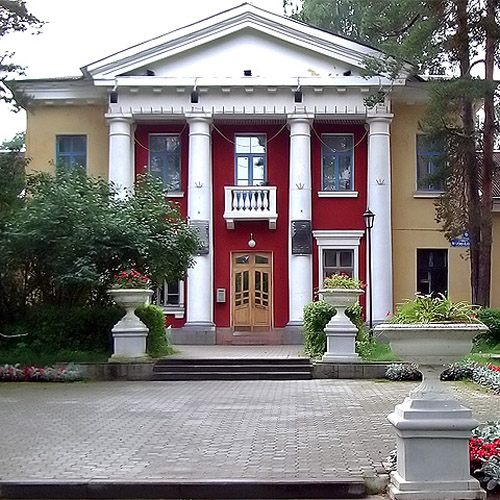Dubnium
105
Db
Skupina
5
Perióda
7
Orbitál
d
Protóny
Elektróny
Neutróny
105
105
157
Hlavné vlastnosti
Protónové číslo
105
Atómová hmotnosť
[268]
Hmotnostné číslo
262
Kategória
Prechodné prvky
Farba
n/a
Rádioaktívny
Áno
Named after the Russian town of Dubna
Kryštálová sústava
n/a
História
Dubnium was reportedly first discovered in 1968 at the Joint Institute for Nuclear Research at Dubna.
Researchers there bombarded an americium-243 target with neon-22 ions.
In the same year, a team led by Albert Ghiorso working at the University of California, Berkeley conclusively synthesized the element by bombarding a californium-249 target with nitrogen-15 ions.
Researchers there bombarded an americium-243 target with neon-22 ions.
In the same year, a team led by Albert Ghiorso working at the University of California, Berkeley conclusively synthesized the element by bombarding a californium-249 target with nitrogen-15 ions.
Elektróny v obale
2, 8, 18, 32, 32, 11, 2
Elektrónová konfigurácia
[Rn] 5f14 6d3 7s2
The Berkeley team proposed the name hahnium for the element
Fyzikálne vlastnosti
Skupenstvo
Tuhé látky
Hustota
39 g/cm3
Teplota topenia
-
Teplota varu
-
Skupenské teplo topenia
n/a kJ/mol
Skupenské teplo varu
n/a kJ/mol
Tepelná kapacita
- J/g·K
Množstvo v zemskej kôre
n/a
Množstvo vo vesmíre
n/a

Zdroje obrázkov: Wikimedia Commons (Hrustov)
Prvok je pomenovaný po ruskom meste Dubna, mieste Spoločného ústavu pre jadrový výskum
Registračné číslo CAS
53850-35-4
PubChem CID číslo
n/a
Atómové vlastnosti
Atómový polomer
-
Kovalentný polomer
149 pm
Elektronegativita
-
Ionizačný potenciál
-
Atómový objem
-
Tepelná vodivosť
0,58 W/cm·K
Oxidačné stavy
5
Aplikácie
Dubnium sa používa výlučne na vedecké výskumné účely.
Dubnium is harmful due to its radioactivity
Izotopy
Stabilné izotopy
-Nestabilné izotopy
255Db, 256Db, 257Db, 258Db, 259Db, 260Db, 261Db, 262Db, 263Db, 264Db, 265Db, 266Db, 267Db, 268Db, 269Db, 270Db